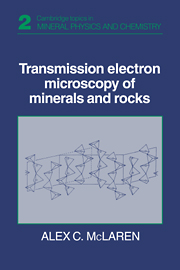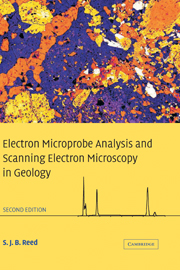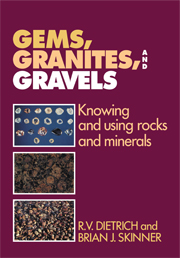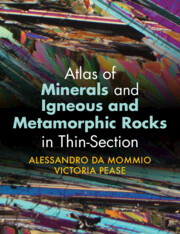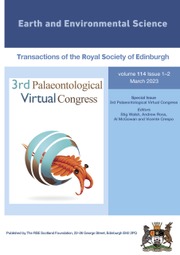Transmission Electron Microscopy of Minerals and Rocks
Of the many techniques that have been applied to the study of crystal defects, none has contributed more to our understanding of their nature and influence on the physical and chemical properties of crystalline materials than transmission electron microscopy (TEM). TEM is now used extensively by an increasing number of earth scientists for direct observation of defect microstructures in minerals and rocks. Transmission Electron Microscopy of Minerals and Rocks is an introduction to the principles of the technique written specifically for geologists and mineralogists. The first part of the book deals with the essential physics of the transmission electron microscope and presents the basic theoretical background required for the interpretation of images and electron diffraction patterns. A knowledge of elementary crystallography is assumed, and some familiarity with optics and electromagnetic theory is helpful but not essential. The final chapters are concerned with specific applications of TEM in mineralogy and deal with such topics as planar defects, intergrowths, radiation-induced defects, dislocations and deformation-induced microstructures.
Product details
March 2006Paperback
9780521359436
400 pages
228 × 150 × 24 mm
0.601kg
Available
Table of Contents
- Preface
- Introduction
- 1. Principles of image formation by a lens
- 2. The transmission electron microscope
- 3. Kinematical theory of electron diffraction
- 4. Dynamical theory of electron diffraction
- 5. The observation of crystal defects
- 6. High-resolution transmission electron microscopy
- 7. Chemical analysis in the transmission electron microscope
- 8. Mineralogical applications of TEM - I: defects and microstructures in undeformed specimens
- 9. Mineralogical applications of TEM - II: dislocations and microstructures associated with deformation
- References
- Index.

